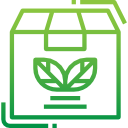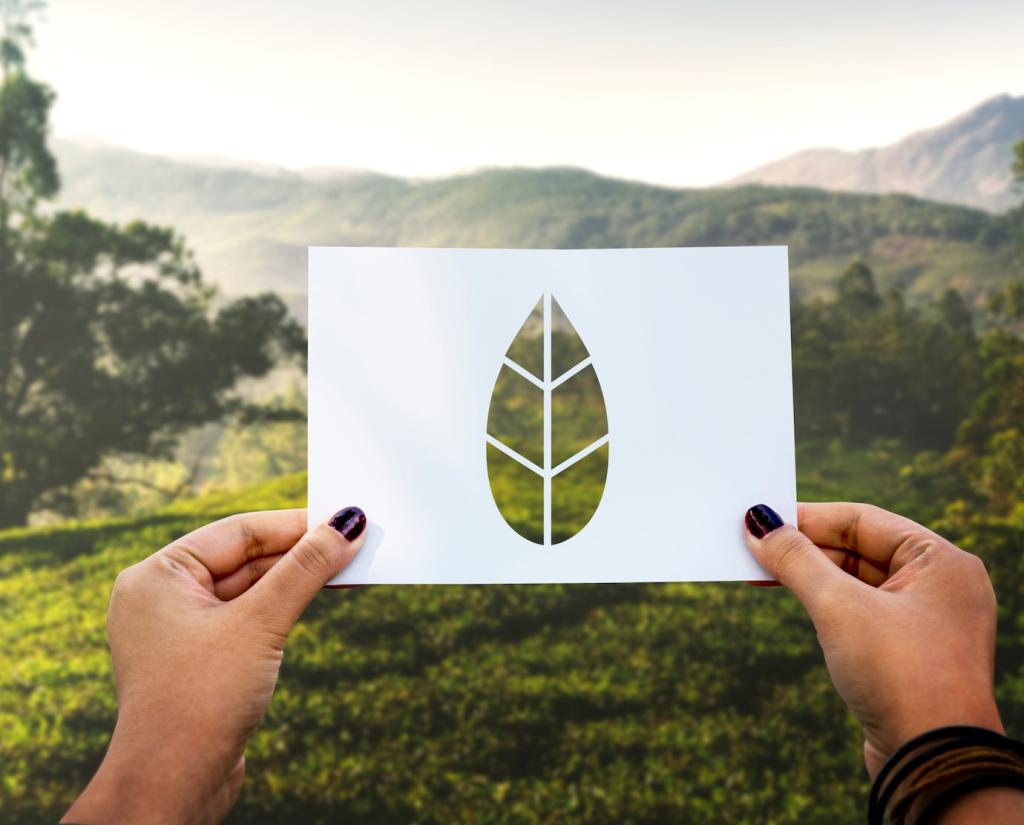
Sustainable Materials for Eco-Friendly Packaging
Sustainable materials for eco-friendly packaging are transforming the way products are delivered to consumers. As environmental concerns continue to grow, businesses and consumers alike are looking for packaging solutions that minimize waste, reduce carbon footprints, and maintain product integrity. This page explores a range of innovative materials and practices that help reduce the environmental impact of packaging. From renewable resources to cutting-edge designs, these sustainable options not only preserve our planet but also meet the diverse needs of modern industries. Discover the possibilities and advantages offered by eco-friendly packaging materials.
The Importance of Eco-Friendly Packaging
Reducing the environmental impact of packaging involves choosing materials that require fewer resources to produce, are renewable, or can be easily recycled or composted. When businesses invest in eco-friendly packaging, they help lower emissions, conserve energy, and decrease the overall waste burden on landfills. Sustainable alternatives often lead to innovations in supply chains and product design, further promoting responsible consumption and production. As this approach gains traction, it becomes a vital strategy for mitigating harm to our environment.
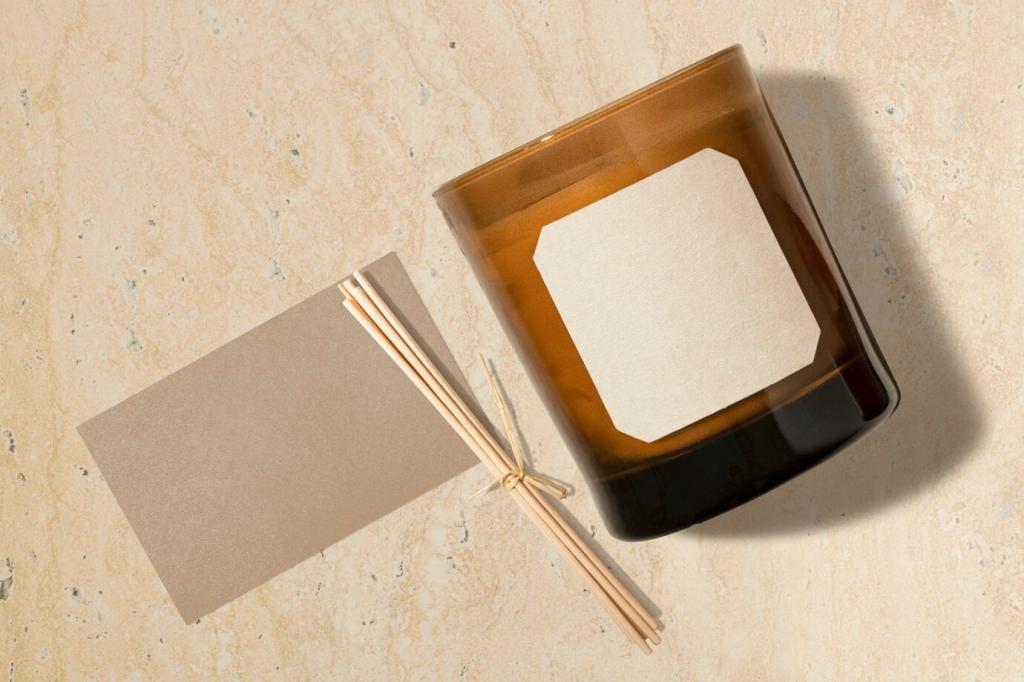
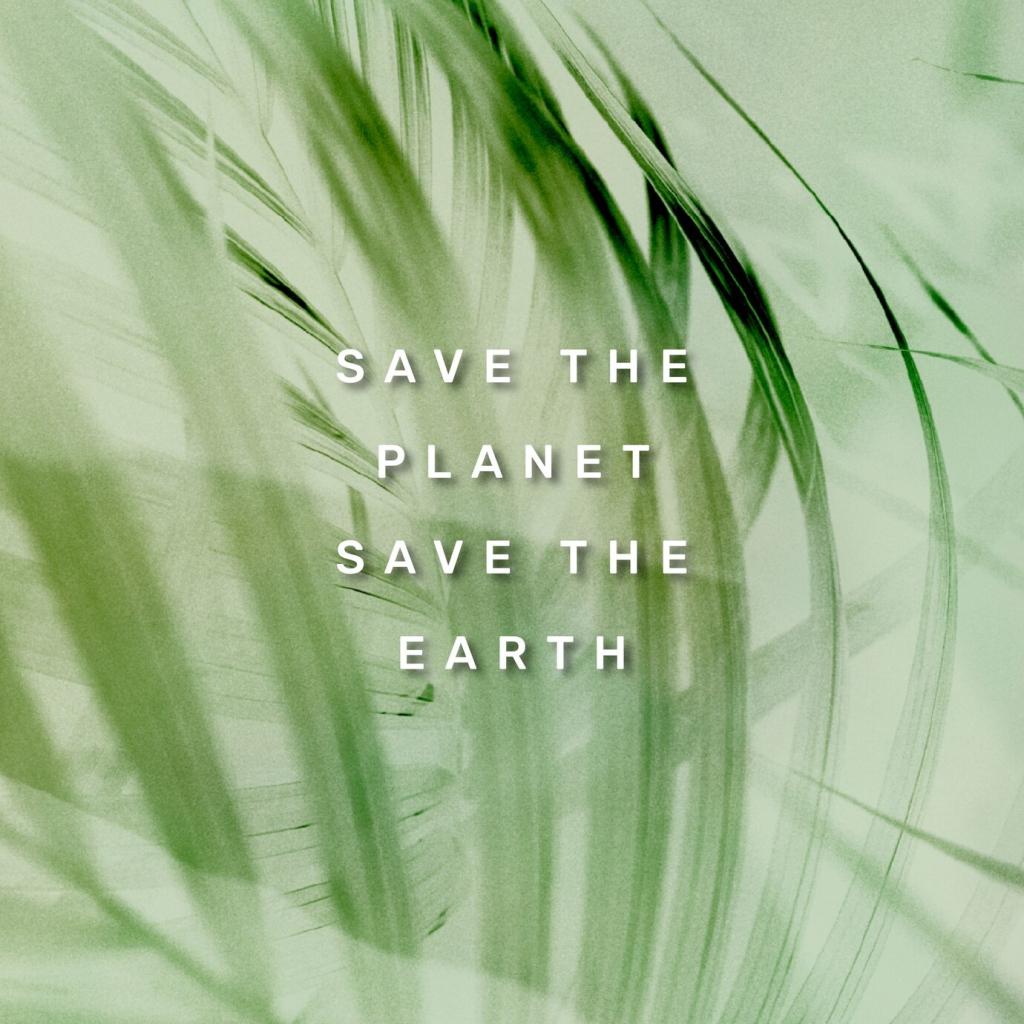
Cornstarch packaging is made by processing corn into polymers that behave similarly to traditional plastics. These materials are compostable under industrial conditions and decompose much more quickly than conventional plastics. Cornstarch-based packaging is suitable for products that require limited shelf life and offers excellent moisture resistance. By using agricultural by-products, manufacturers reduce reliance on fossil fuels, further decreasing the carbon footprint associated with the production and disposal of packaging materials.
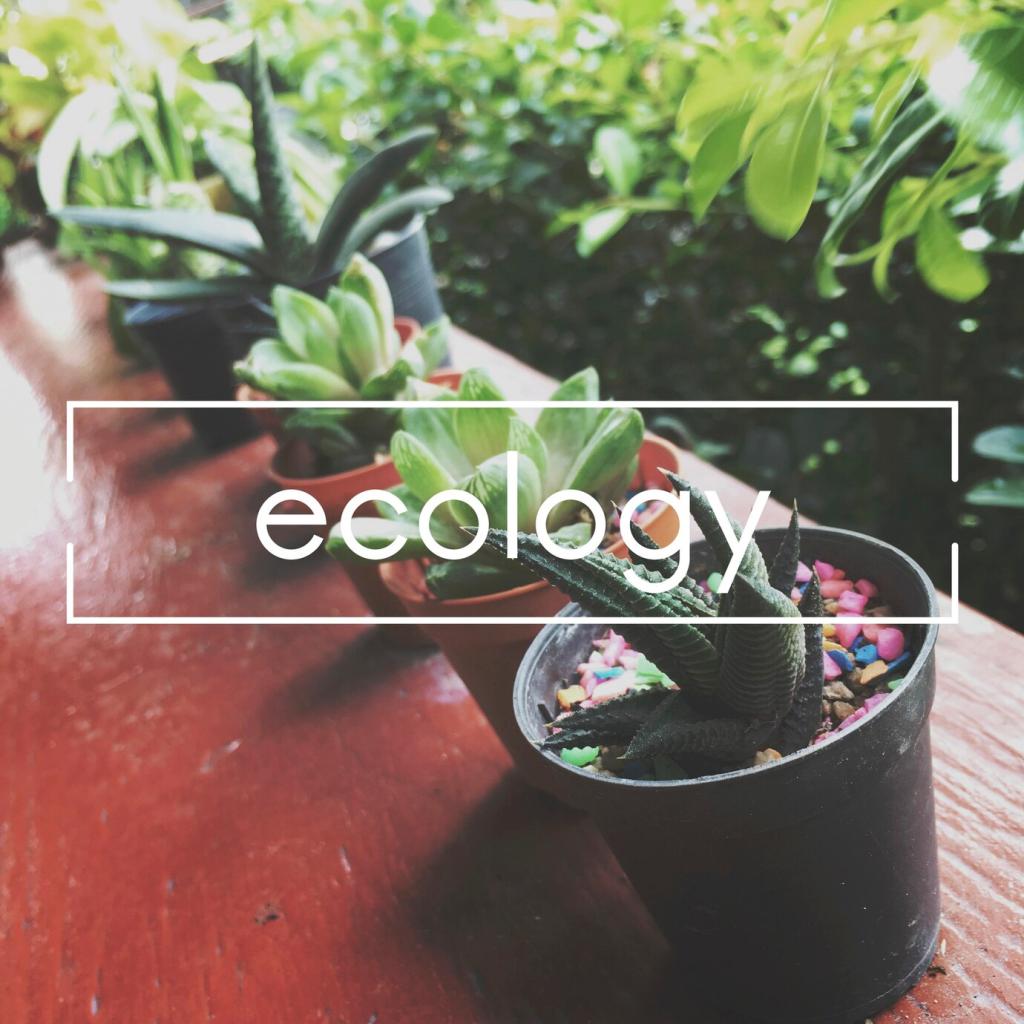
Mushroom packaging employs mycelium, the root structure of mushrooms, which grows around clean agricultural waste to form strong and lightweight structures. This material is fully compostable and biodegrades within weeks when disposed of in soil. Mushroom packaging is increasingly popular for protecting fragile items, as it can be custom-molded for cushioning and support. Its production consumes minimal energy, doesn’t require synthetic additives, and offers a solution to both packaging waste and agricultural by-product management.

Bagasse is a fibrous by-product left after extracting juice from sugarcane. When processed, bagasse can create sturdy packaging suitable for food containers, trays, and cutlery. This material is both biodegradable and compostable, breaking down naturally in commercial compost facilities. Utilizing bagasse helps minimize agricultural waste and reduces dependency on traditional plastics. Its robust physical properties and heat resistance make it particularly well-suited for use in restaurant and food service industries seeking sustainable alternatives.
Biodegradable and Compostable Plastics
PLA (Polylactic Acid)
PLA is a popular biodegradable plastic derived from fermented plant starch—typically corn or sugarcane. It is widely used in packaging for food products, disposable cutlery, and plastic films. PLA breaks down into lactic acid under industrial composting conditions, offering a promising replacement for traditional petroleum-based plastics. While not suitable for all waste streams, its use supports the reduction of landfill waste and the shift to bio-based packaging, provided appropriate composting facilities are available.
PBAT (Polybutylene Adipate Terephthalate)
PBAT is a fully biodegradable plastic often blended with PLA and other biopolymers to enhance flexibility and toughness. It decomposes in natural environments, provided the right moisture and microbial activity are present. PBAT-based packaging is commonly used in plastic bags, films, and agricultural mulch. The incorporation of PBAT into packaging solutions enables companies to offer the reliability of plastics without contributing to long-term environmental pollution, supporting responsible end-of-life disposal.
PHA (Polyhydroxyalkanoates)
PHA is an advanced family of biodegradable plastics produced by microorganisms feeding on plant-based oils or sugars. PHAs degrade in soil, marine, and freshwater environments, making them highly versatile and eco-friendly. Packaging applications include bags, containers, and food-service items that are especially beneficial in areas where waste management infrastructure is limited. By using PHAs, industries can significantly reduce plastic persistence in the environment and prevent the accumulation of microplastics in ecosystems.
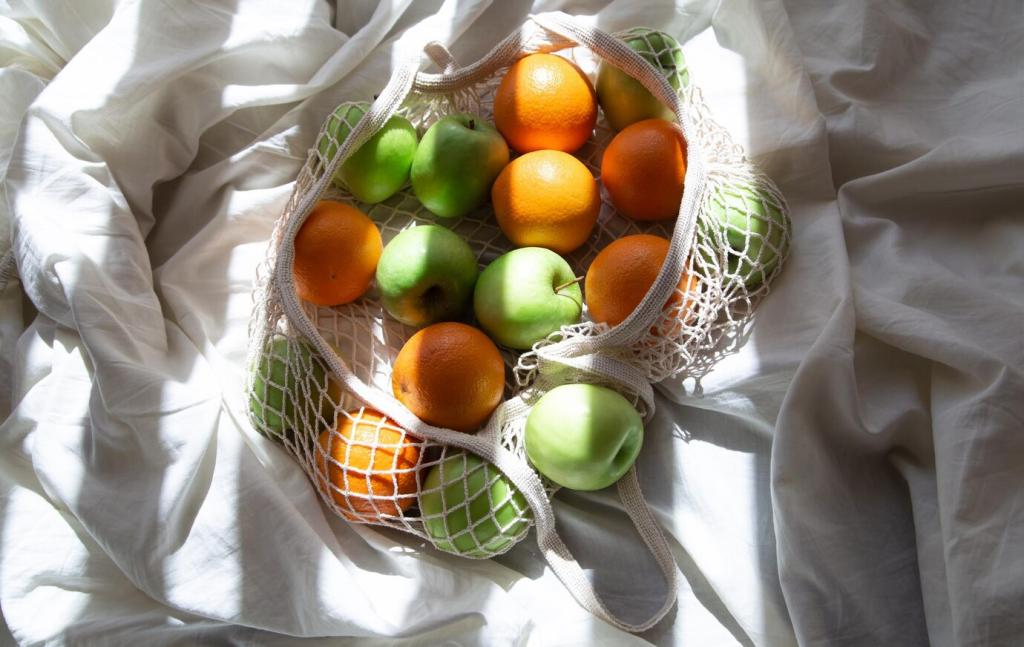
Recycled Paper and Cardboard
Recycled paper and cardboard remain among the most widely used and effective materials for sustainable packaging. These materials are collected from post-consumer or post-industrial waste, processed, and re-formed into sturdy packaging goods ranging from boxes to inserts. Recycled paper solutions minimize energy and water use, lower carbon emissions, and help divert waste from landfills. Their familiarity and recyclability make them an accessible choice for companies seeking climate-friendly packaging options that resonate with environmentally minded consumers.

rPET (Recycled Polyethylene Terephthalate)
rPET is created from collected and processed plastic bottles and containers, closing the loop in plastic use. This recycled material retains the strength and clarity of traditional PET, making it suitable for bottles, clam shells, and other packaging formats. By incorporating rPET, companies help reduce the demand for raw petrochemical resources and prevent plastic from entering oceans and landscapes. The growth of rPET-based packaging signals a positive trend in both consumer education and industry responsibility, driving circularity in plastic use.

Recyclable Mono-Materials
Mono-materials are composed of a single type of polymer or fiber, allowing for easier and more efficient recycling compared to mixed-material packaging. Product lines utilizing recyclable mono-materials are designed for straightforward sorting and processing in recycling facilities. This reduces contamination, increases recovery rates, and ensures valuable resources are captured and reintroduced into production. The adoption of mono-materials supports ambitious waste reduction targets and helps brands align with both regulatory requirements and consumer expectations.
Innovative Edible Packaging
Seaweed-Derived Films
Seaweed-based edible films are rapidly gaining attention for their renewable sourcing, nutrition, and ocean-friendly profile. These films are created by extracting natural polymers from seaweed, forming thin, flexible layers suitable for wrapping or containing foods. Seaweed packaging is compostable, edible, and dissolves in water without leaving harmful residues. By tapping into an abundant, fast-growing resource, seaweed packaging addresses both land use and plastic pollution challenges, illustrating a successful integration of innovation and ecological stewardship.
Rice Paper Wraps
Rice paper is a traditional edible packaging commonly used in Asian cuisine, but its applications are expanding globally. It is made by processing rice into thin, translucent sheets that can wrap or encase food items. Rice paper packaging offers a convenient, biodegradable, and allergen-friendly alternative to plastic wraps. Its versatility allows for customization in both shape and flavor, and since it leaves no waste behind, rice paper is particularly appealing for on-the-go snacking or single-serve food applications.
Edible Coatings for Perishables
Edible coatings are thin layers applied directly to foods—such as fruits and vegetables—to extend shelf life, preserve freshness, and sometimes even deliver extra nutrients. These coatings often use natural ingredients such as polysaccharides, proteins, or lipids, which can reduce the need for external packaging altogether. Consumers can safely eat the product with the coating, minimizing both packaging waste and food waste. The use of edible coatings demonstrates how advances in food technology can promote sustainability in packaging and supply chains.

Molded Fiber Packaging
Molded fiber packaging is produced by shaping wet pulp—often recycled paper or agricultural residues—into rigid forms like trays, clamshells, and protective inserts. This packaging is fully compostable, recyclable, and provides excellent cushioning. Its strength and customizability make it suitable for electronics, food, and delicate products. Molded fiber replaces plastic foams such as EPS, helping to reduce non-biodegradable waste in landfills and the broader environment.
Corrugated Cardboard Innovations
Corrugated cardboard remains an indispensable component of eco-friendly packaging, particularly for shipping and storage. Innovation in this area has led to lighter, stronger designs that reduce material use without sacrificing protection. Enhanced recyclability, water-based inks, and modular configurations further improve its sustainability credentials. Corrugated packaging is widely accepted in recycling programs and forms the backbone of circular material flows in e-commerce and retail distribution.
Bamboo Fiber Packaging
Bamboo packaging leverages the fast-growing nature of bamboo to provide a renewable and durable material for various uses. The fibers are processed into containers, trays, and cutlery that are biodegradable, compostable, and feature a natural aesthetic. Bamboo requires little water, no fertilizers, and regrows rapidly after harvesting, making it a superior choice from a resource management perspective. Products made from bamboo fiber offer a low-impact, stylish alternative to single-use plastics or wood-based packages.
Challenges of Transitioning to Sustainable Materials
Cost and Supply Chain Considerations
Eco-friendly materials often come with a price premium due to smaller economies of scale, specialized manufacturing processes, or higher raw material costs. Unpredictable supply chain dynamics can also create barriers for companies switching to sustainable options. Balancing environmental goals with financial realities requires strategic sourcing, collaborations, and a willingness to invest in longer-term gains. Companies that surmount these financial and logistical challenges position themselves as leaders in a rapidly changing marketplace.
Performance and Functionality
Sustainable packaging materials must match or exceed the protective, barrier, and shelf-life properties of their conventional counterparts. Achieving the desired levels of strength, flexibility, moisture resistance, and food safety without synthetic additives can be difficult. R&D investment and cross-sector partnerships are vital to creating packaging that is both green and functional. With ongoing technological advances, many emerging materials are closing the gap, but industry-wide adoption depends on continual improvement to ensure performance is not compromised.
Infrastructure and End-of-Life Management
The effectiveness of sustainable packaging depends heavily on end-of-life infrastructure such as recycling and composting facilities. In many regions, gaps in collection, sorting, and processing capacity hinder the full benefits of eco-friendly materials. Producers must design packaging that aligns with existing waste management systems and invest in consumer education to maximize recovery rates. Coordinated efforts between government, industry, and consumers are necessary to build the infrastructure needed for a truly circular approach to packaging.

Join our mailing list
